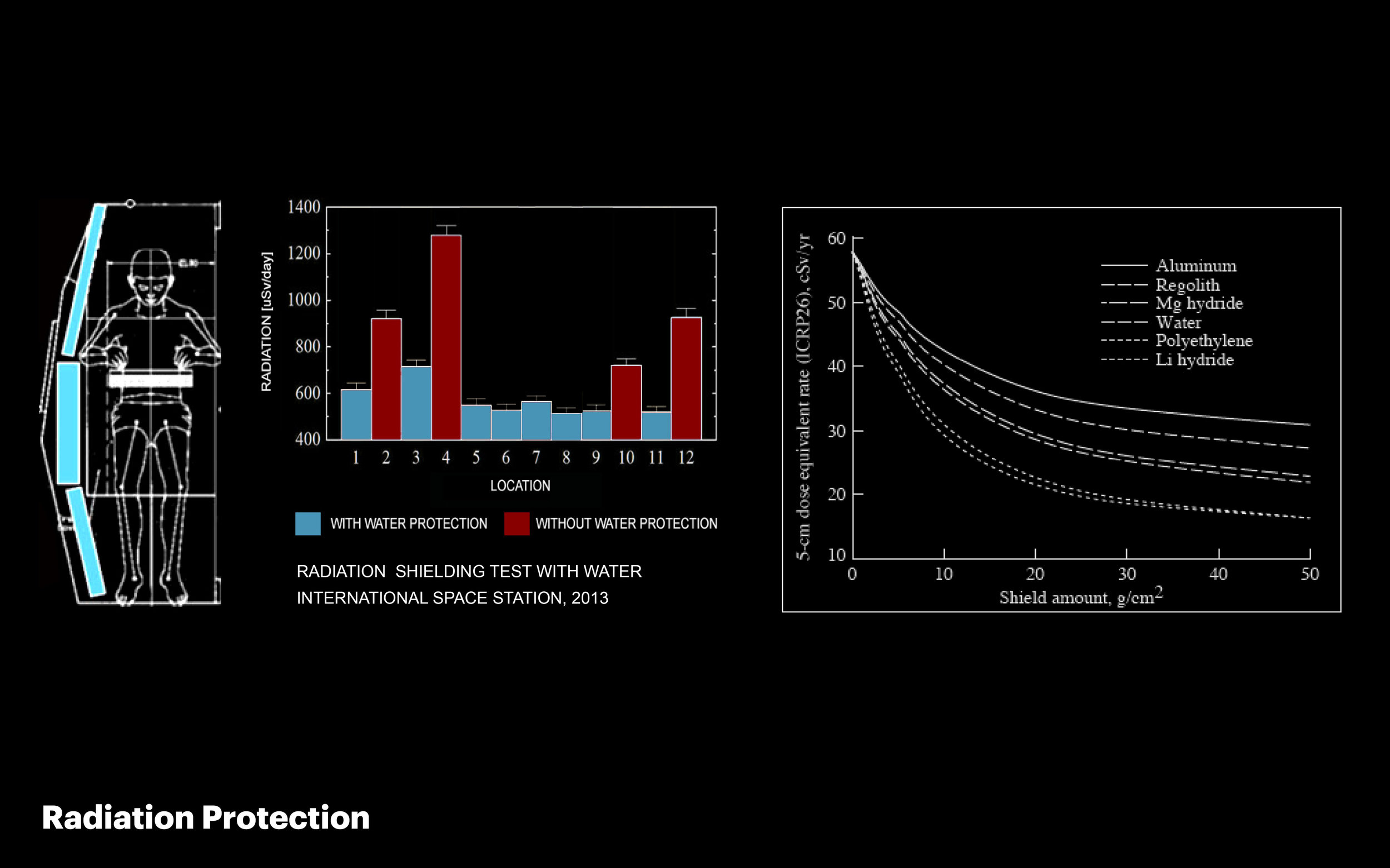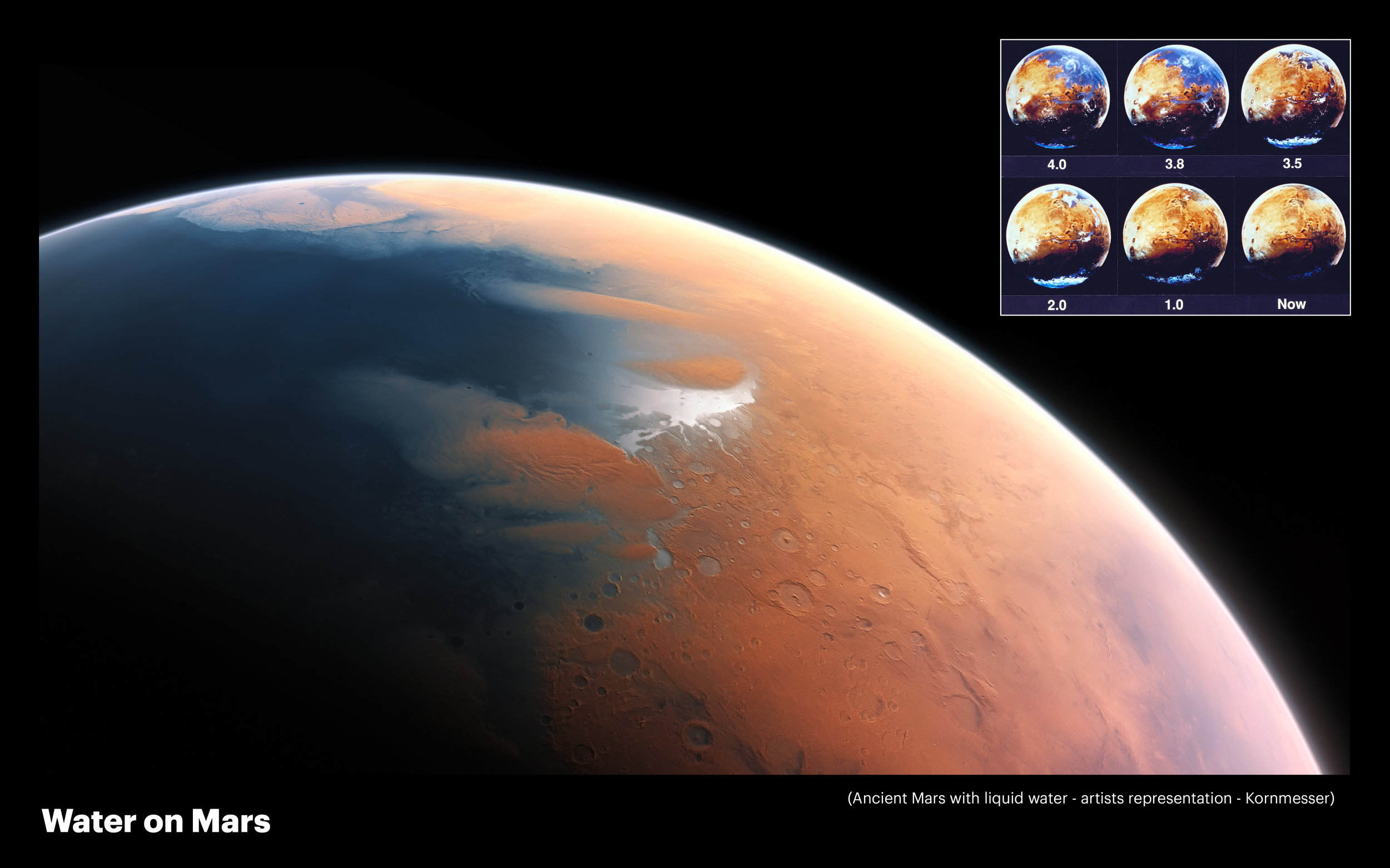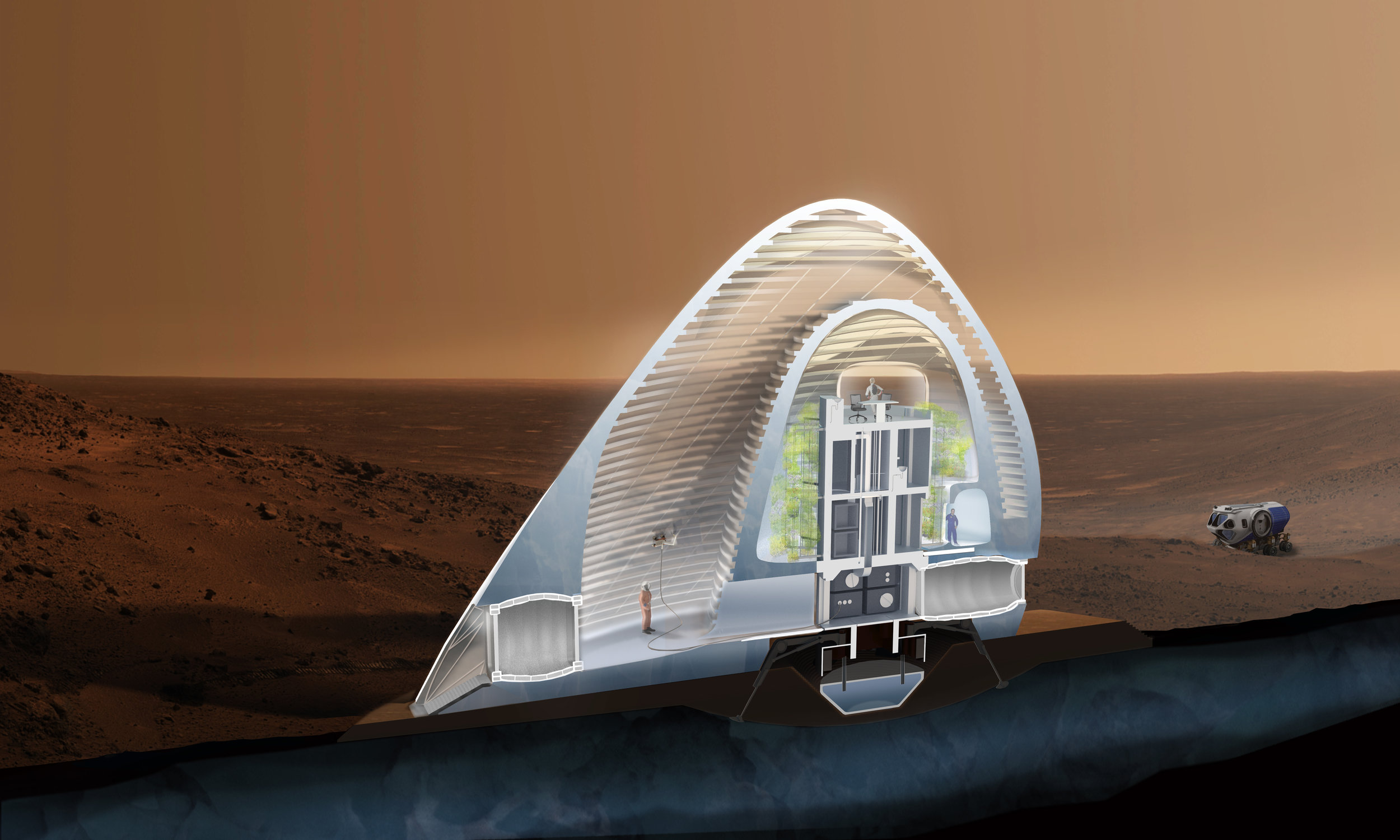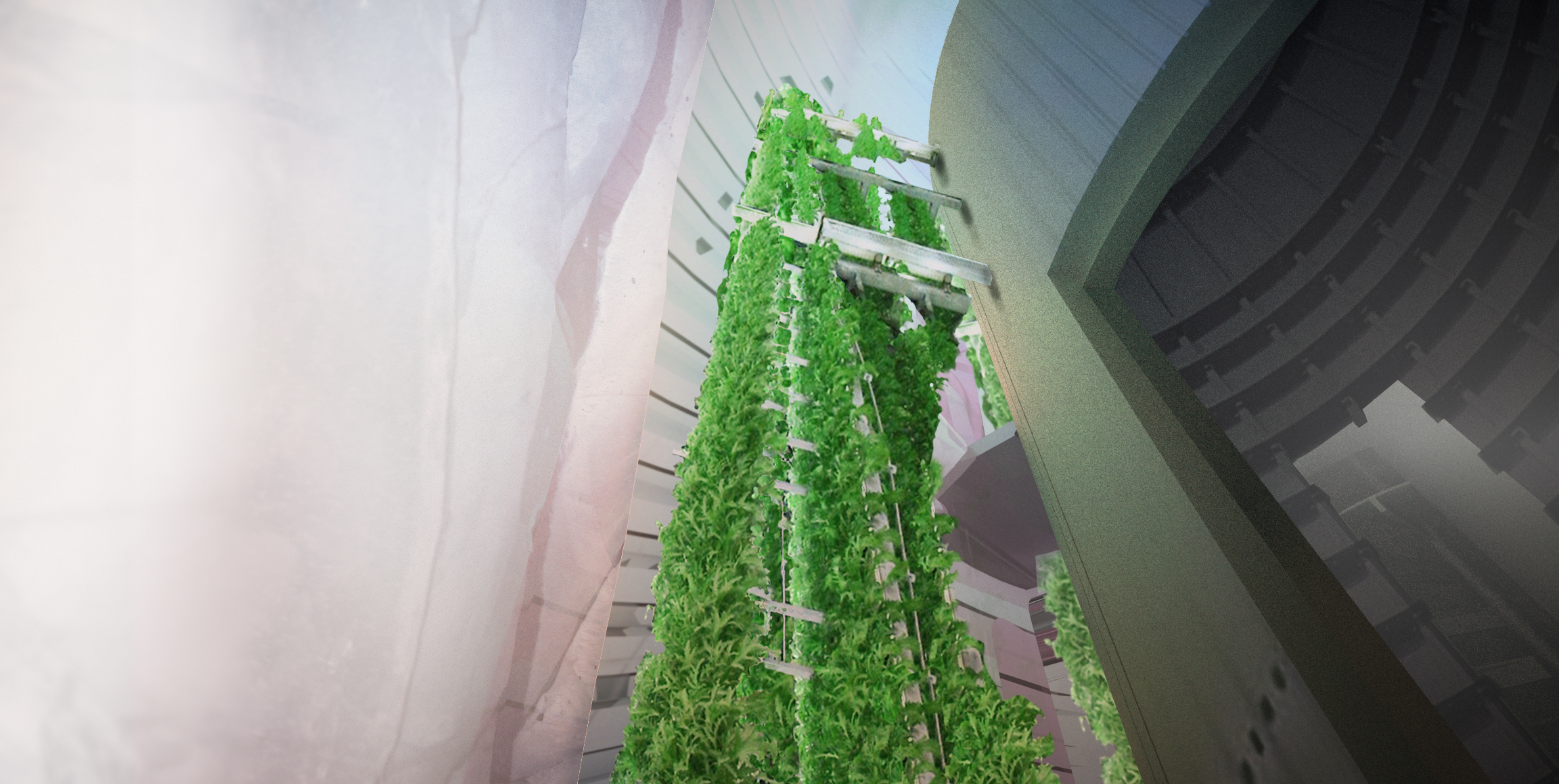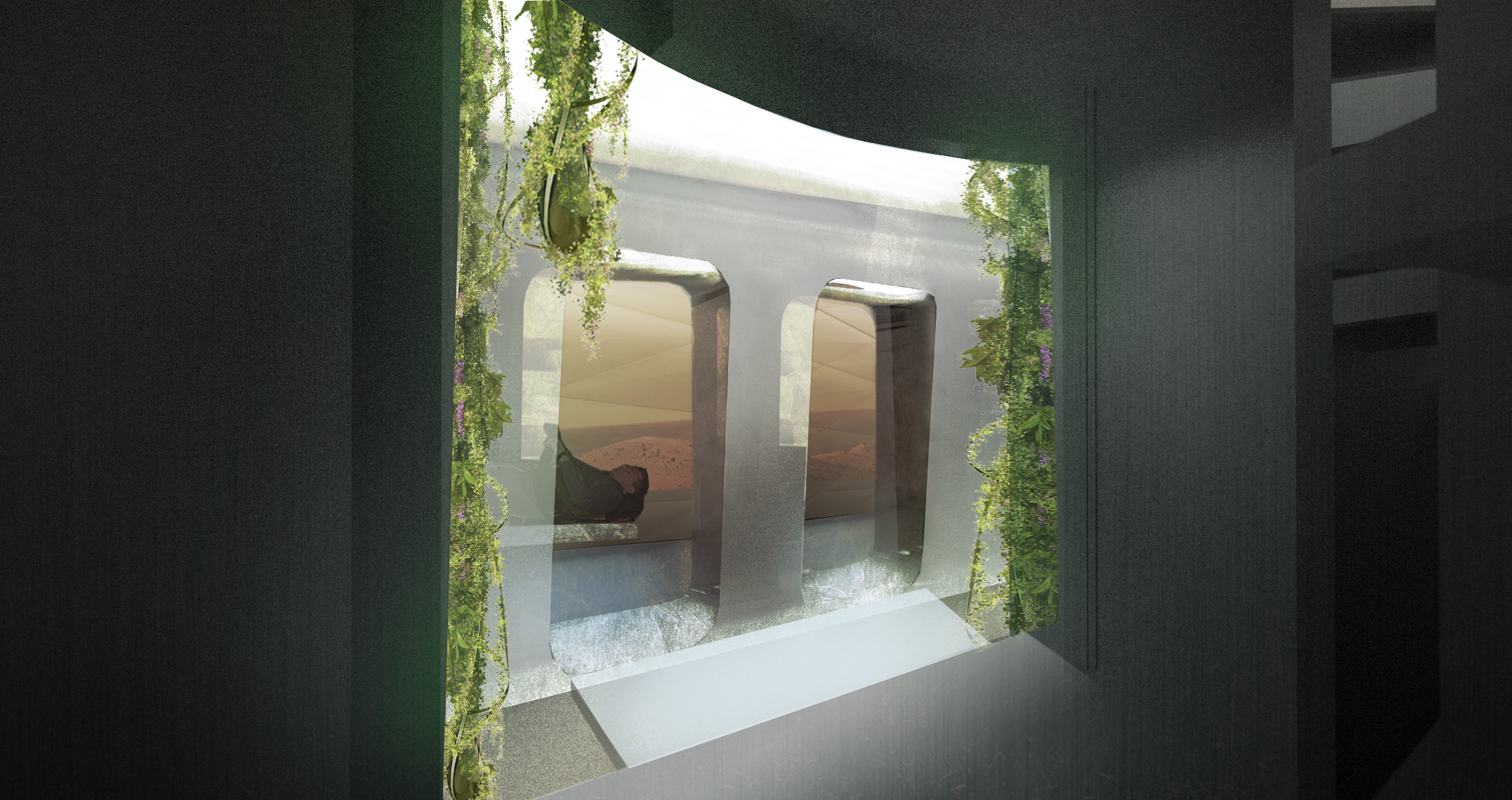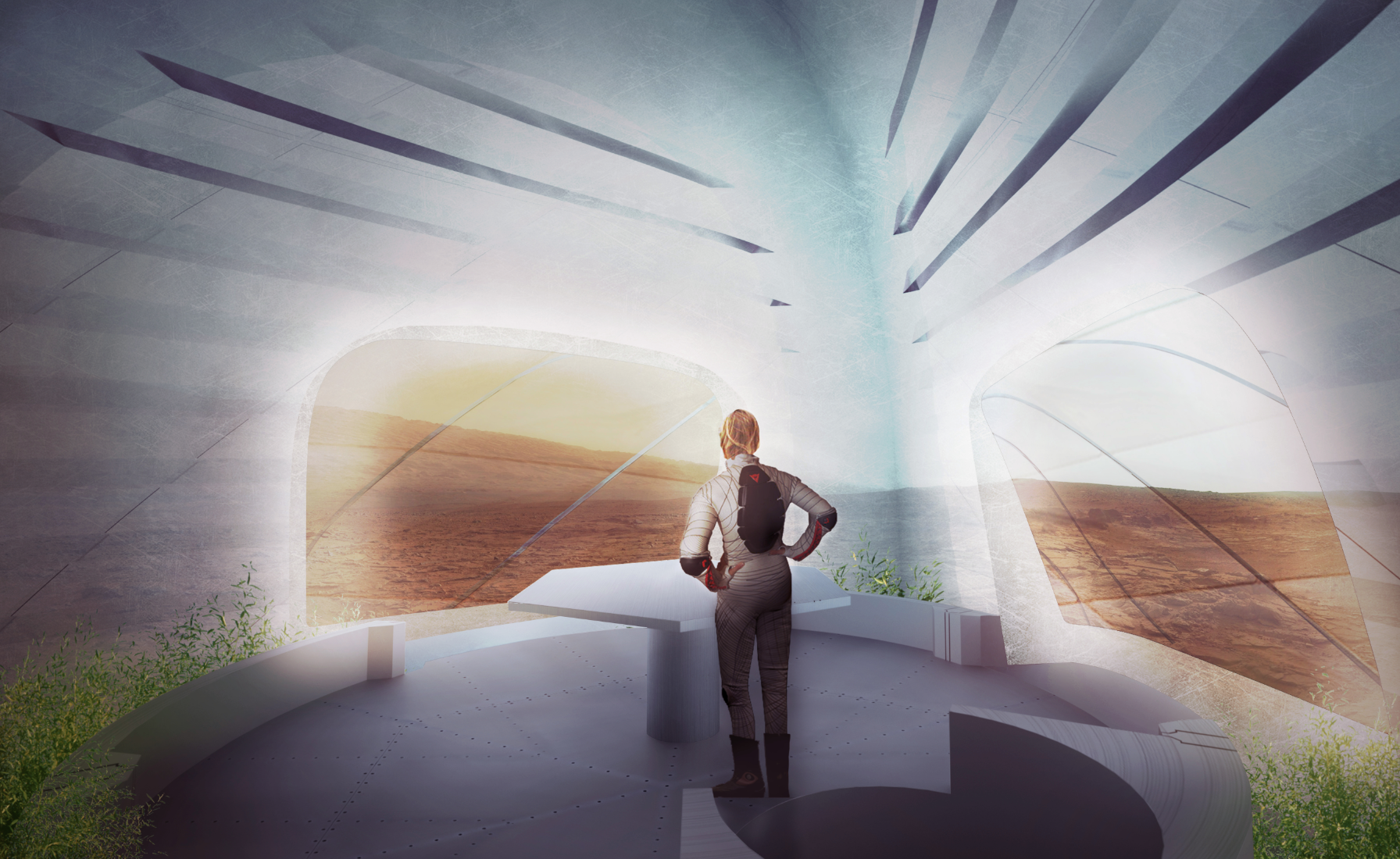Mars Ice House:
A 3d-Printed Ice Habitat
Mars Ice House is the winning proposal for NASA's 2015 Centennial Challenge for a 3d-Printed Habitat on Mars. Recognizing water as the essential building block of life, the project embraces NASA’s ‘follow the water’ approach to extraterrestrial missions by synthesizing the concept of in-situ resource utilization with a human-factors design approach to create a protective and sustainable Martian habitat.
SLA model exhibited at the Mori Art Museum in Tokyo, as part of the "Universe and Art" exhibition, 2017
Concept
Mars Ice House celebrates the dawn of a future human presence as a beacon of light on the red planet. Robotically constructed from subsurface ice to yield a structural shell and radiation barrier only 5 cm thick, the Ice House prioritizes a life above ground as opposed to one buried beneath Mars regolith. The habitat’s vertical organization maximizes the transmittance of light to the interior, and the translucency of the ice enables visual connections to the surrounding landscape. Located in the northern latitudes of Mars (Alba Mons) where temperatures are consistently at or below freezing, the habitat is constructed prior to the arrival of four astronauts on a year-long research mission.
Section showing the vertically-oriented lander and double ice-shell of the habitat.
Structure
Conceived as a multi-level dwelling for a crew of four, Mars Ice House situates the inhabitable programs around the lander module and within the first of two ice shells, serving as radiation barriers for the human and plant life within. This outer shell reinforces the boundary of the pressure volume separating the habitat from the thin Martian atmosphere, while simultaneously providing space between the ice habitat and the lander for vertical hydroponic gardens to grow.
Finite Element Model of Ice House
Materials
The overall pressure membrane of the habitat is a Dyneema-reinforced ETFE inflatable, precision-manufactured on earth and deployed upon landing on the Martian surface. The iBo (ice printing bot) deposits silica fibers as the ice is printed for added tensile strength throughout the ice shells.
An aerogel insulation layer is applied to the inside (human-interfacing) surfaces of the interior ice shell to ensure thermal comfort of the crew within the habitation areas.
Programming
Perspective rendering of the Crew Quarters (seen from inside the lander), the Hydroponic garden growing immediately outside the lander, as well as the Wardroom on the top level, providing enviable views of the Martian landscape.
Deployment & Construction Sequence
iBo ascends the outer shell for surface improvements / touch-ups.
Ice Printing
The Wasibo and iBo were proposed as robotic mechanisms for 3D Printing the ice shell. The WaSibo operates on the exterior of the habitat while iBo works on the interior, mitigating contamination of regolith within the habitat. WaSibo is lowered through the base airlock of the lander into the Martian environment. Once outside, WaSiBo operates in two modes: Foundation-Sinter Mode and Water-Mining Mode. The iBo is designed to deposit layers of ice with a low-volume, close-range nozzle that ensures that any water that freezes mid-trajectory melts and refreeze instantaneously via the energy of its impact (a contact weld). At this point experimentation and collaboration with material scientists will be necessary to achieve more directed results in experimentation.
Ice shell prototypes, created in collaboration with McGill University
These models were created with McGill University.
Mars Ice House was a collaborative project between SEArch (short for Space Exploration Architecture, whose members include myself, Christina Ciardullo, Kelsey Lents, Michael Morris) and Clouds Architecture Office.
We also collaborated with the following consultants / subject-matter experts:
Jared W. G. Atkinson; Planetary Geophysics, MIT
Maria Banks PhD; Geology and Planetary Scientist, Planetary Sciences Institute
Kim Binstead PhD; Associate Professor, ICS Depatment, University of Hawaii
Eric Barnett PhD; Research Associate, Department of Mechanical Engineering, Laval University
Casey J. Handmer PhD; Applied Mathematics, California Institute of Technology
Stefan Harsan Farr; Engineer and Software Architect
Jeffrey H. Hoffman PhD; Professor of Practice of Aerospace Engineery, MIT Department of Aeronautics and Astronautics
Norbert Koemle PhD; Geophysics, Austrian Academy of Sciences, Space Research Institute
L.E.R.A. Consulting Engineers
Petr Novikov; Co-Founder of Asmbld Construction Robotics
Yaz Khoury, Electrical Engineer at Asmbld Construction Robotics
Javier Roa; Orbital Mechanics/Aerospace Engineering, Technical University of Madrid and JPL Research Associate
Pavlo Rudakevych; Roboticist and Aerospace Engineer, Aviator
Markus Scheucher; Physics and Space Sciences, Karl Franzens University of Graz
Pieter Sijpkes, Associate Professor (ret.), School of Architecture, McGill University
Special Thanks to:
Dr. Ron Turner, ANSER Distinguished Analyst (NASA)
Lawrence W. Townsend PhD, Chancellor's Professor of Nuclear Engineering, University of Tennessee
All inquiries regarding Mars Ice House should be directed to info@marsicehouse.com
For more information please visit www.marsicehouse.com
